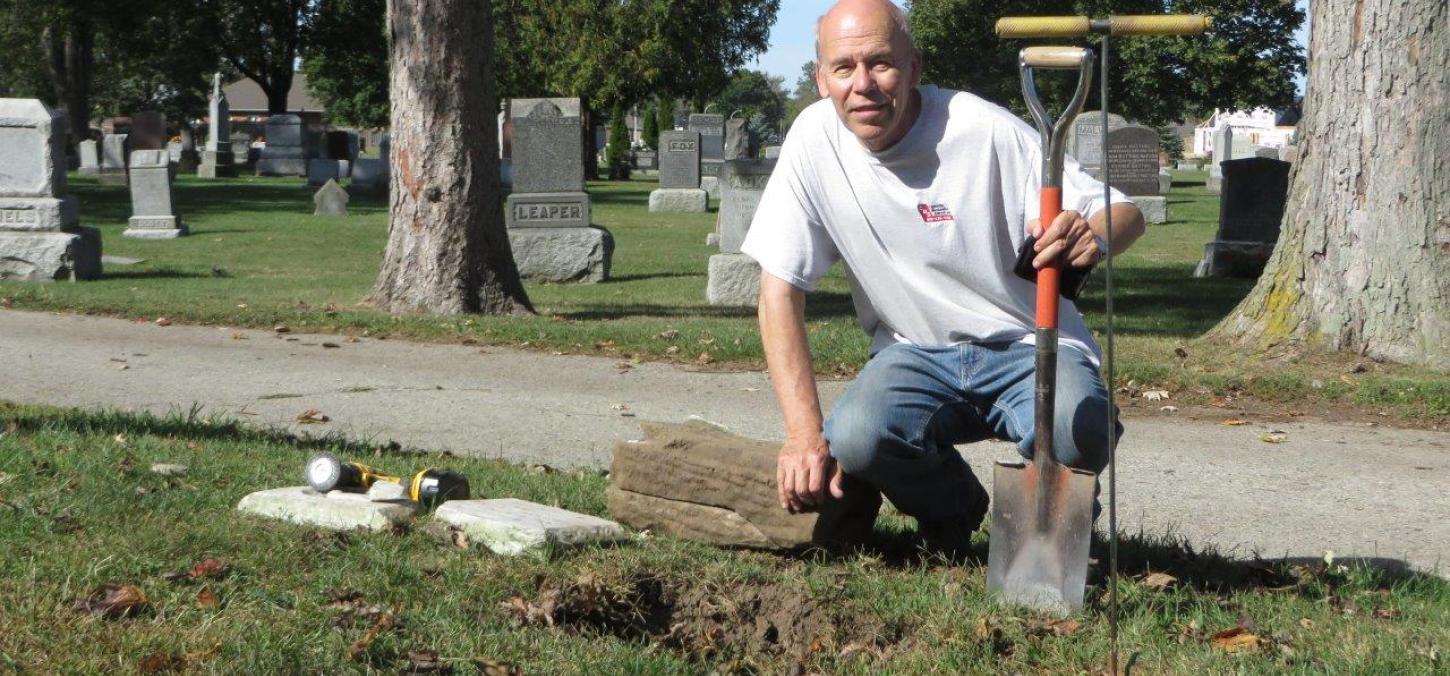
Creating a Life Outside of Dentistry
By Roshaan Hajira
Bruce Warwick grew up in a small town called Wallaceburg in Southwestern Ontario, Canada. Inspired by his chiropractor neighbour, when Bruce went off to university in 1969 he knew he wanted a career in healthcare. While in second year of his undergrad at Western University, Bruce met Alex Marsh—a first-year dental student at the time—and was fascinated by the hands-on lab work dental students had access to. Thereby, Bruce’s life changed twofold; he found a lifelong friend in Alex, and he found a career in dentistry.
“I went to U of T Dentistry because I thought that’s where the textbooks are written, and I felt I’d get a better education since so many specialists taught there…no regrets,” explained Bruce, when asked about what brought him to Toronto. Bruce went on to graduate from U of T’s Doctor of Dental Surgery program in 1976, and moved to Chatham, a single-tier municipality also located in Southwestern Ontario, Canada. “Back then, there was a virtual shortage of dentists, so it was easy to do well. I found it interesting talking to many dentists in Chatham who were already in their 80’s, still working away but soon to retire.”
Bruce practiced dentistry for 35 years, and in 2010 he sold his business; it was time for something else, something new. “I sold the business thinking I’d worked long enough in one field. I had other things to do, and being 60-years old seemed ‘pretty old’ in my mind at the time,” chuckling, Bruce further added, “Looking back, 60 sounds pretty good now!”
Dentistry itself is a stable and secure career; dentists are foundational caregivers in society that change lives and help people achieve good oral health. Yet, as with all walks of life, there are ebbs and flows—and with a career as demanding as dentistry, outside interests can sometimes be put on a backburner. Bruce, having grown up in a family that valued breadth of experiences, had the opportunity to prioritize and pursue hobbies while practicing dentistry.
“I thought after I retired, I’d really go after more hobbies more aggressively, but that hasn’t happened as planned,” said Bruce when asked about where he spends his time now. “I got interested in animal welfare and restoring old cemeteries that are abandoned and in disrepair. These two interests really take a great deal of my time.”
Bruce first began repairing gravestones more than three decades ago after visiting an old cemetery and seeing several broken stones. “I remember cleaning up some family gravesites and looking around thinking, ‘What a shame.’ Sometime later, by coincidence, I read about two Toronto people who taught gravestone restoration courses, and I signed up…which eventually led to more courses in advanced repair techniques,” explained Bruce. “Much of the work is like doing dentistry, only on ‘big teeth!’ You drill out the pieces of marble to accept 4-6 inch threaded stainless steel rods, and epoxy those rods into place, slowly assembling the monument. I make my own ‘lentulas’ using coat hangers to spin the epoxy into the drilled-out stone holes, just like we learned to do in dentistry for spinning cements into teeth before placing posts.”
“I’m not one for advising young dentists what to do with their lives. I might say if asked, to develop outside interests beyond dentistry, so you have something to look forward to when you’re out of the office, and perhaps to pursue after retiring. Dentistry is a really stressful environment, so having a hobby to relax your mind is important,” said Bruce. “Doing some form of volunteer work is also good for your own soul. It helps a volunteer to think beyond their own problems and to enjoy seeing the successes which they can help nurture in other people, particularly less fortunate people. Good luck in whatever you choose to pursue.”
More information about the C-K Cemeteries Preservation/Documentation Project and Bruce’s volunteer group can be found here.